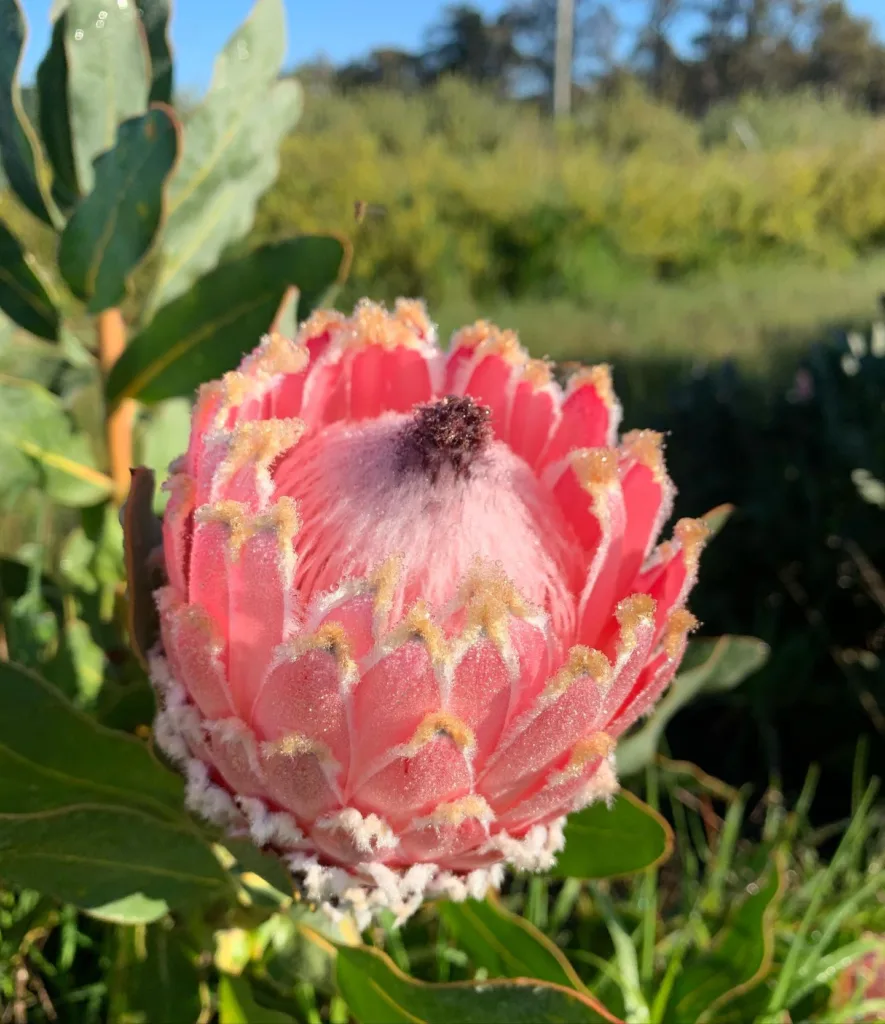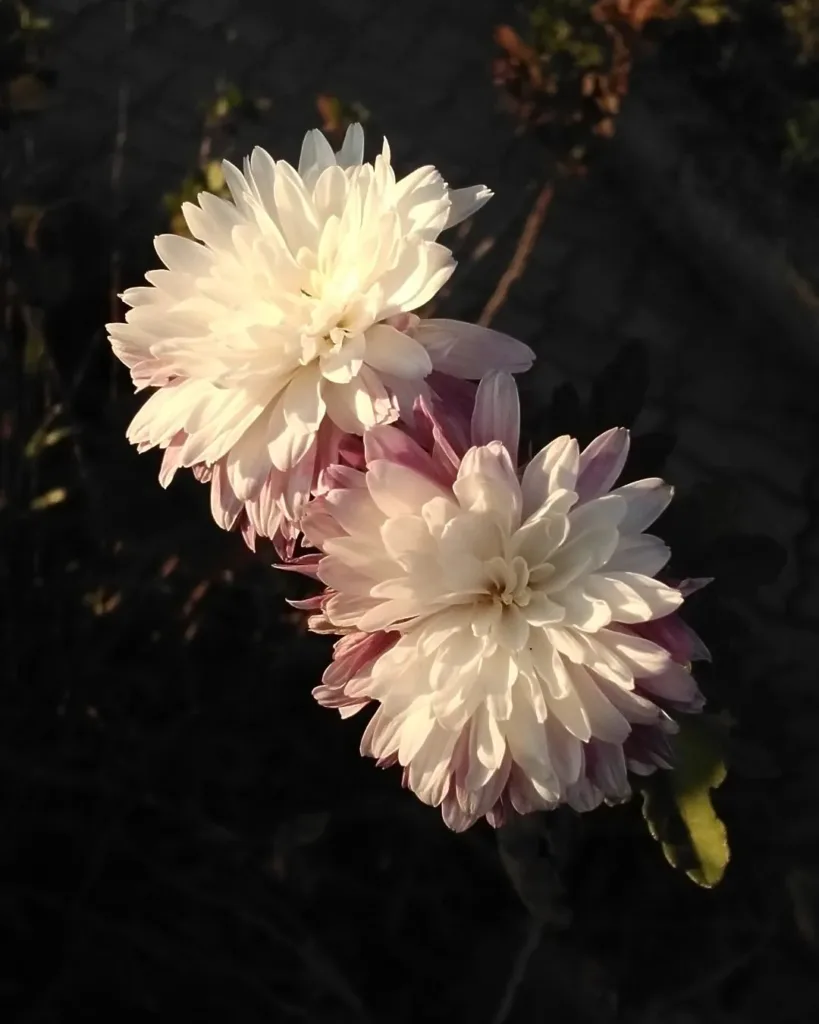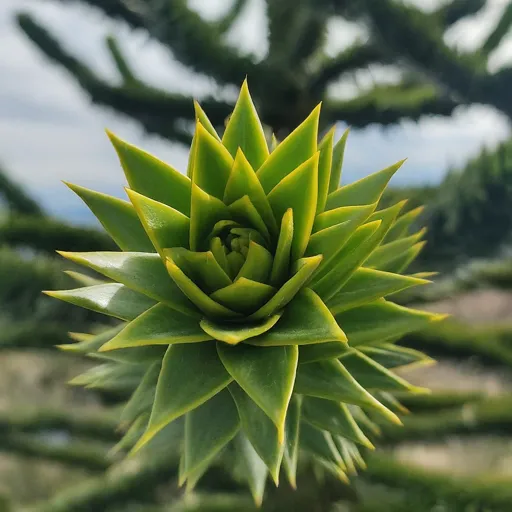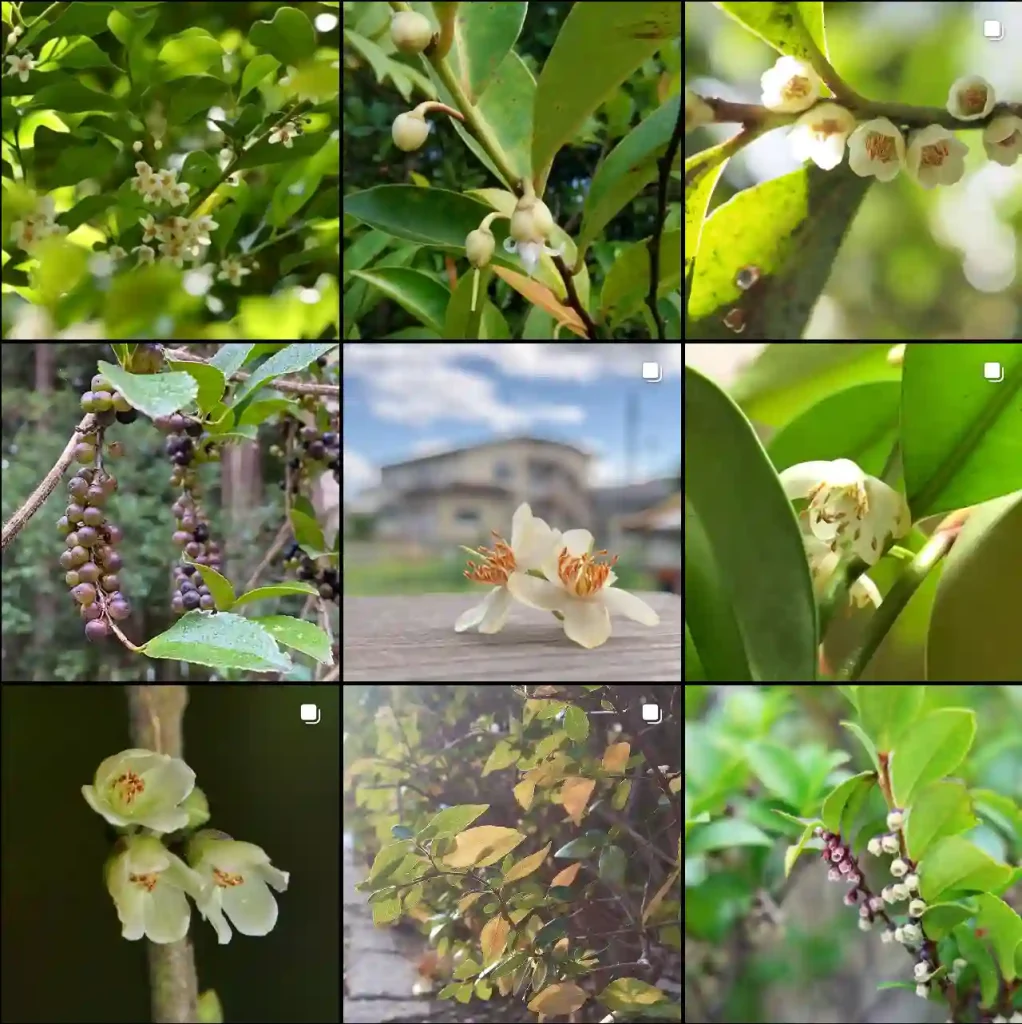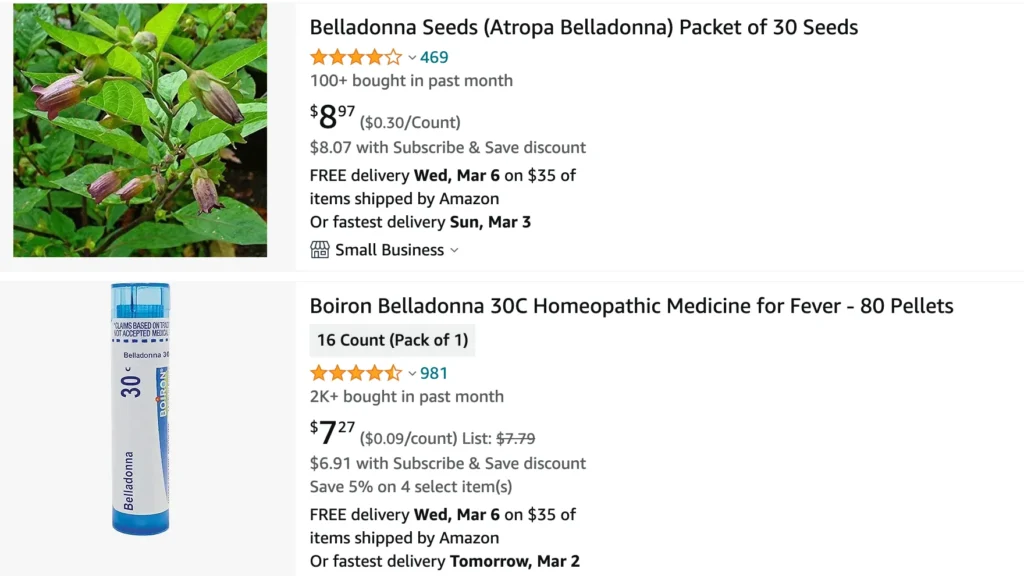
What is atropa belladonna?
Atropa belladonna, commonly known as deadly nightshade, is a highly toxic plant species belonging to the Solanaceae family. Its name “belladonna” is derived from Italian and means “beautiful woman,” as it was historically used cosmetically to dilate the pupils, giving the appearance of large, dark eyes.
Atropa Belladonna vs Datura
When comparing Atropa Belladonna and Datura, I’ve noticed that while both have a mysterious allure, Datura’s larger, more dramatic blooms always make me feel like I’m tending to a piece of ancient magic.
Atropa Belladonna vs Solanum Dulcamara
Atropa Belladonna’s dark, glossy berries and eerie history fascinate me far more than Solanum Dulcamara’s modest flowers and sprawling habit, making Belladonna my go-to for a touch of the gothic in my garden.
Solanum Nigrum vs Atropa Belladonna
Between Solanum Nigrum and Atropa Belladonna, I find myself drawn to Belladonna’s striking appearance and sinister reputation, which adds an exciting edge to my plant collection that Solanum Nigrum just can’t match.
How to identify atropa belladonna?
Identifying Atropa belladonna can be done by examining its distinctive characteristics. It typically grows as a perennial herbaceous plant with glossy, dark green leaves and bell-shaped purple flowers that bloom in the summer. The fruits are small, shiny black berries that are highly toxic if ingested.
What is atropa belladonna used for?
Atropa belladonna has a long history of use in herbal medicine, although its toxicity limits its medicinal applications. Historically, it has been used to treat various ailments such as inflammation, pain, and motion sickness. However, its use is highly discouraged due to its high toxicity levels.
Where does atropa belladonna grow? Does atropa belladonna grow in Asia?
Atropa belladonna is native to Europe, North Africa, and Western Asia, but it can also be found growing in other parts of the world, including North America. While it may grow in some parts of Asia, it is not as widespread there compared to its native range.
How to grow atropa belladonna?
Growing Atropa belladonna is not recommended due to its toxicity and potential harm to humans and animals. However, if one were to attempt to grow it, it would require well-draining soil and partial shade to full sun conditions. However, it’s crucial to exercise extreme caution and follow safety guidelines if handling this plant.
Is atropa belladonna illegal?
Atropa belladonna is not illegal to grow, but its cultivation and use are heavily regulated due to its high toxicity levels. In many regions, it is considered a controlled or restricted plant due to the dangers it poses.
Is atropa belladonna poisonous?
Yes, Atropa belladonna is highly poisonous. All parts of the plant contain tropane alkaloids, including atropine, scopolamine, and hyoscyamine, which can cause symptoms ranging from blurred vision and hallucinations to seizures and even death if ingested in large quantities.
Can atropa belladonna kill you?
Ingesting Atropa belladonna berries or other parts of the plant can be fatal, especially in small children or pets. Even a few berries can cause severe poisoning, leading to symptoms such as dry mouth, dilated pupils, rapid heartbeat, and convulsions. Ingesting larger quantities can result in coma or death. It’s essential to seek immediate medical attention if poisoning is suspected.
What does atropa belladonna mean?
The name “Atropa” is derived from the Greek Fate Atropos, who was one of the three Moirai (Fates) in Greek mythology. Atropos was responsible for cutting the thread of life, symbolizing the deadly nature of the plant.
Which part of atropa belladonna is used as medicine?
The leaves and berries of Atropa belladonna are primarily used in traditional medicine, although their use is highly discouraged due to the plant’s toxicity. Extracts from these plant parts contain tropane alkaloids, which have potent anticholinergic effects.
If i die, water my plants!
